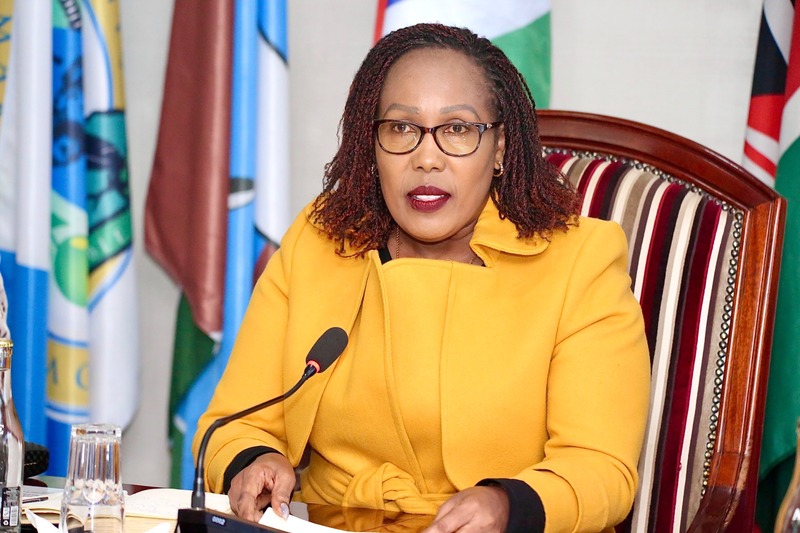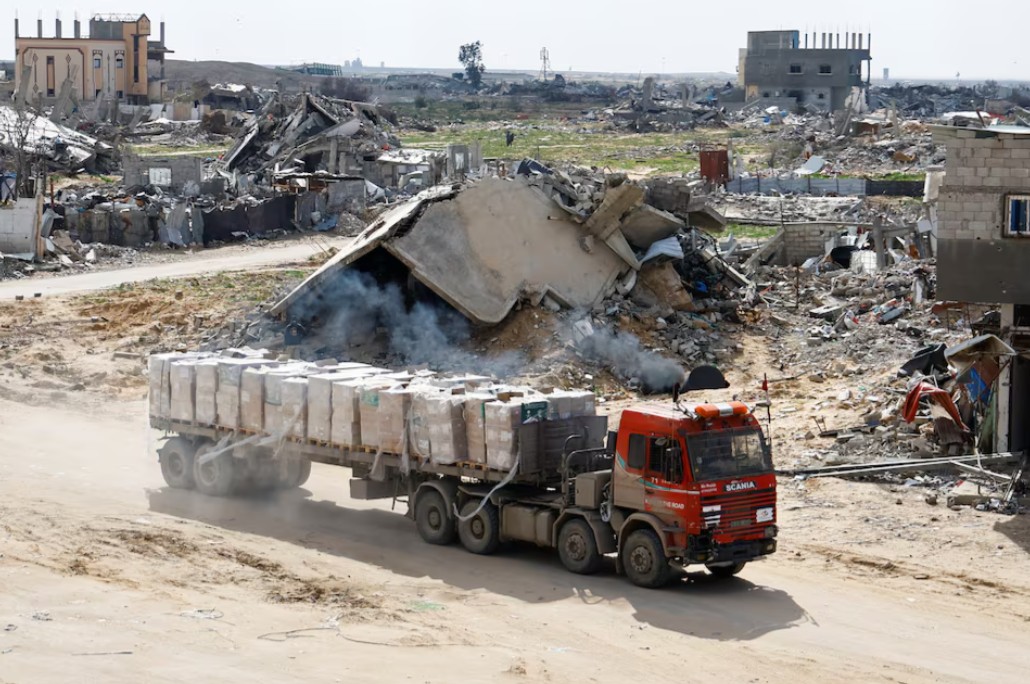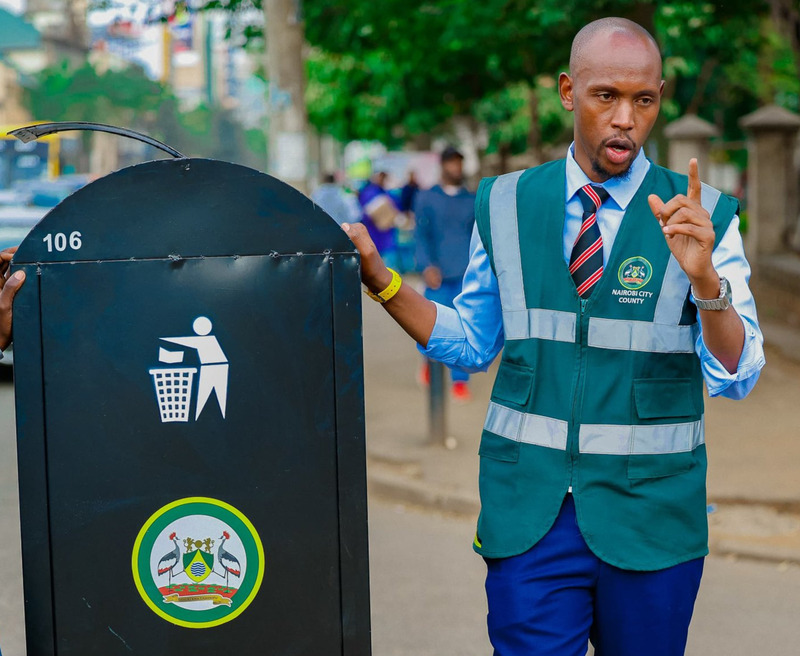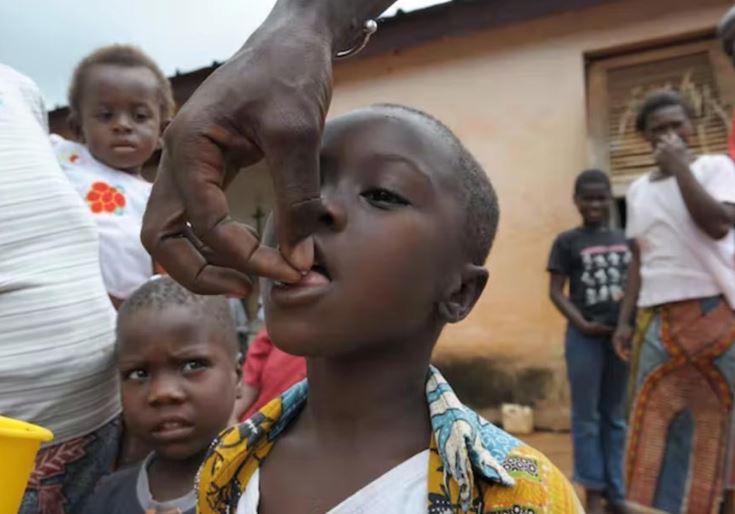State rolls out milk coolers in fresh Sh1.4 billion bid to boost dairy sector
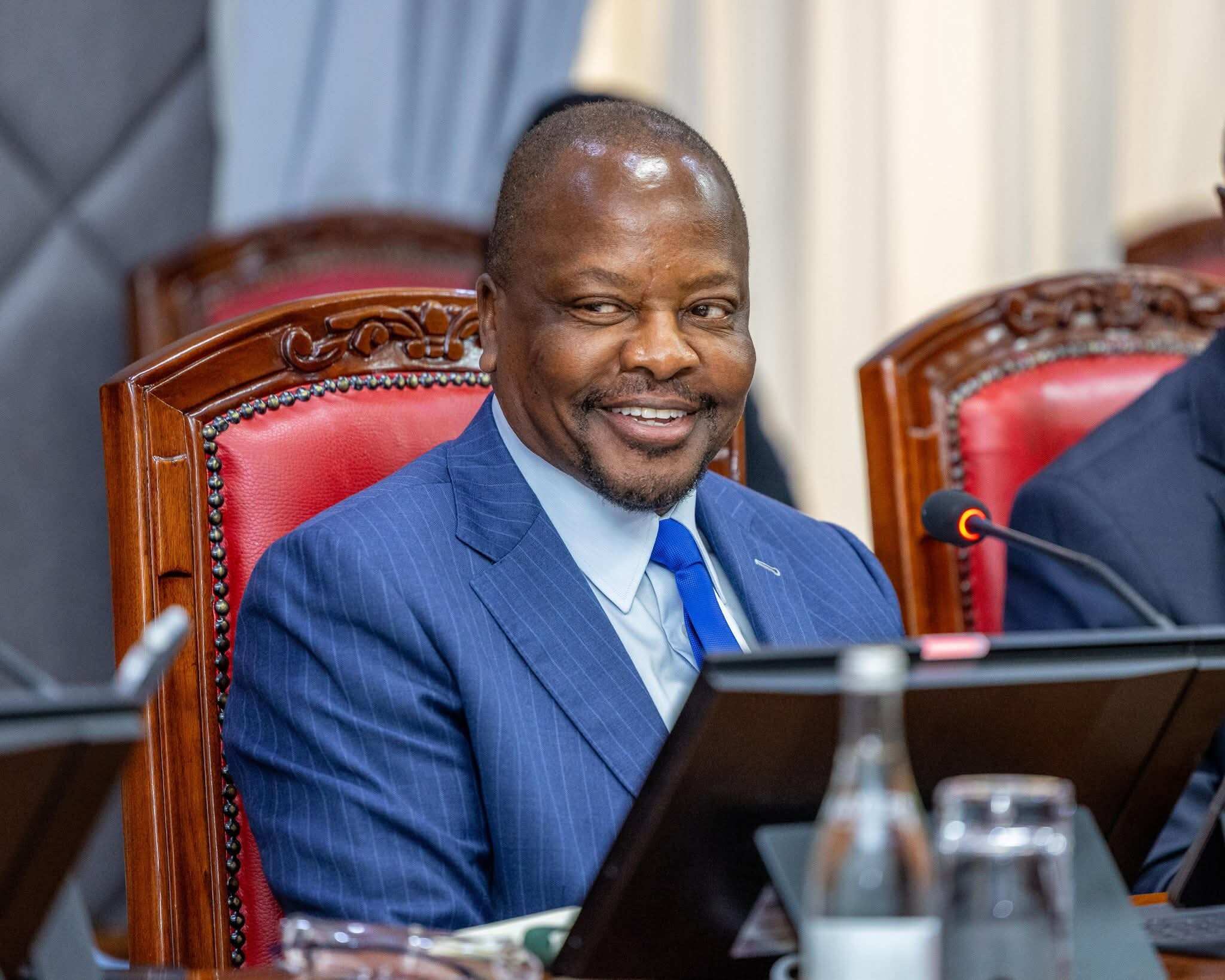
The Ministry of Agriculture has launched the countrywide installation of milk cooling equipment in a fresh push to transform Kenya’s dairy sector, increase milk production, and reduce post-harvest losses.
The Sh1.45 billion initiative, which was launched last month by President William Ruto in Meru County, targets the distribution of 230 milk coolers across 40 counties.
More To Read
- Kenya to produce 70 million livestock vaccine doses annually by 2027
- Agriculture CS Kagwe pushes for leasing of idle public land to curb reliance on food imports
- 7,000 bags of fertiliser looted from NCPB's Maua depot during June 25 protests - Agriculture CS Mutahi Kagwe
- Kenya bans 77 pesticides, restricts 202 in major agrochemical crackdown
- Government announces new appointments across key ministries
- Boost for farmers as sugarcane prices raised to Sh5,500 per tonne
The first batch of 15 coolers has already been delivered to farmer-owned cooperatives, with an additional eight flagged off on Thursday by Agriculture Cabinet Secretary Mutahi Kagwe in Nyeri.
Kagwe said the programme will support smallholder farmers to transition from subsistence to commercial farming through value addition and better market access. The project falls under the Livestock Value Chain Support Project and is in line with the government’s broader Bottom-up Economic Transformation Agenda (BETA).
“Dairy farmers across the country play a significant role in contributing to the country’s milk basket. Therefore, the supply of these milk coolers will not only boost storage but also improve milk quality, marketability, and ultimately farmer incomes, which is our primary goal. The 230 milk coolers will increase national chilling capacity by 475,000 litres daily,” Kagwe said.
He noted that one of the biggest hurdles facing dairy producers is infrastructure, particularly storage, and that the coolers will go a long way in solving the problem.
Currently, Kenya loses about 6% of marketed milk annually, roughly 175 million litres, due to poor post-harvest handling, with a value of about Sh7.9 billion.
To ensure that all milk produced is collected and processed, the CS said the government will invest in both public and private milk processors. The aim is to expand local market capacity and boost exports.
The dairy industry supports over two million Kenyans directly and indirectly, and contributes about 4 per cent to the country’s Gross Domestic Product (GDP).
In 2024, Kenya produced an estimated 5.3 billion litres of milk, with 80% coming from smallholder farmers.
Under the new plan, the government projects to double this output to 10 billion litres by 2027, create 500,000 new jobs, export 1 billion litres of milk annually, and utilise at least 70 per cent of current processing capacity.
Kagwe noted that achieving these targets will require addressing multiple challenges facing the sector, including low productivity, inadequate breeding stocks, poor feeding practices, livestock diseases, and the impact of climate change.
To ease the cost of production and improve feeding, the government also plans to lease available public land for large-scale cultivation of fodder, sunflower, and other essential crops. These will be used in the production of affordable animal feeds.
“We must adopt practical and viable interventions to transform the dairy sector,” Kagwe said.
“We must synergise our efforts to increase production and productivity through commercialisation of pasture and fodder production, enhance production of quality sexed semen, and a mass livestock vaccination drive that will ensure that our meat and dairy products meet international standards and qualify to sell on their shelves,” he added.
Top Stories Today






